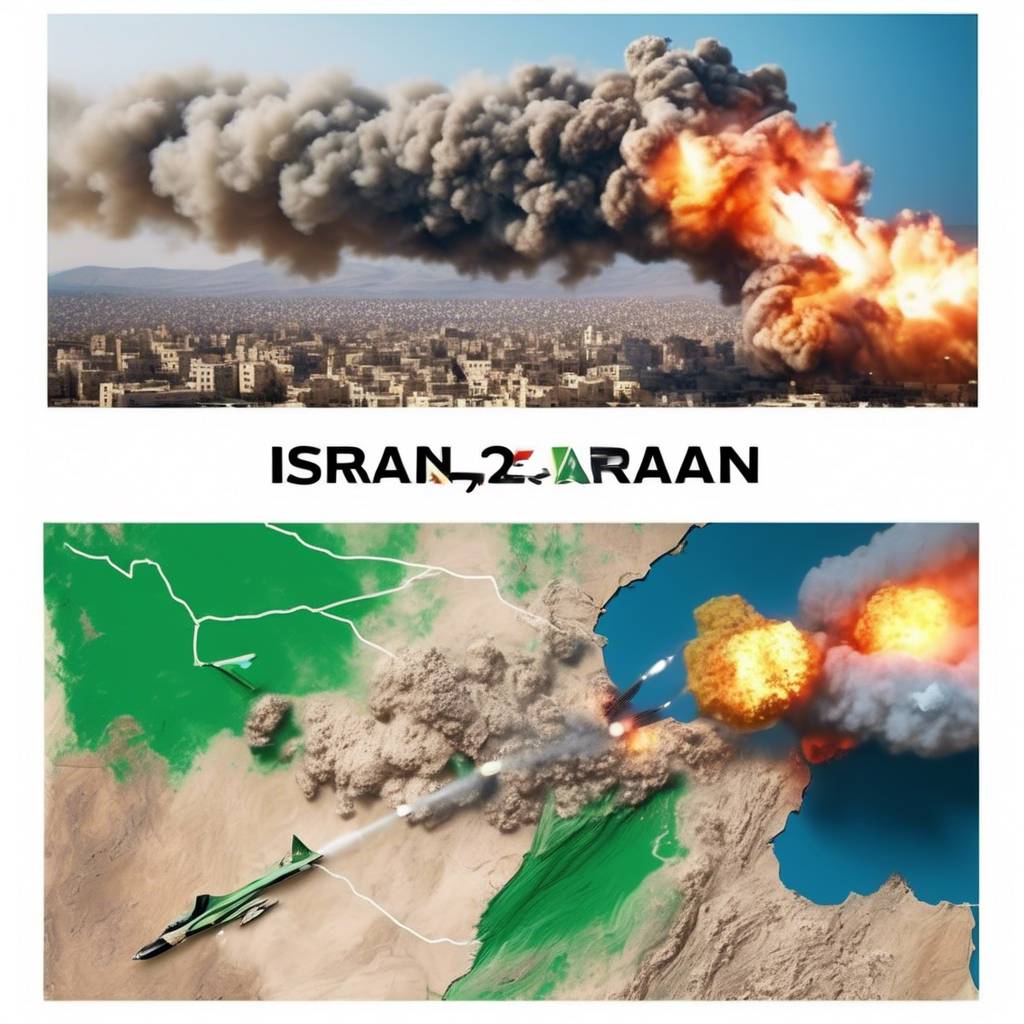Israel’s strike on Iran’s Isfahan region in April was meant to showcase its ability to take out some of Iran’s most advanced air defense missile systems. The strike targeted a Russian S-300PMU-2 radar system, causing significant damage despite Iran’s attempts to downplay the attack. Satellite imagery confirmed the direct hit on the radar, which was replaced by Iran to cover up the damage. Analysts believe Israel used its Blue Sparrow ballistic missile in the strike, demonstrating its precision and reach deep inside Iran.
Despite Iran dismissing the attack as insignificant, the message from Israel was clear. By targeting the S-300 system near Iran’s crucial Natanz enrichment site, Israel emphasized that Iranian air defenses would not prevent it from striking nuclear facilities. The strike, coming shortly after Iran’s own attack on Israel, showed that Israel could inflict significant damage with a discreet demonstration of its capabilities. The attack highlighted Israel’s ability to cause more damage with fewer munitions than Iran had used in its previous strike.
Iran likely understood the message sent by Israel, as they had executed a similar strike against Saudi Arabia in 2019. The attack, which targeted oil processing facilities, showcased Iran’s precision and ability to highlight vulnerabilities without causing extensive damage. The attack, carried out by drones and cruise missiles, demonstrated Iran’s sophistication in targeting and pinpoint accuracy. By showing restraint and not causing widespread destruction, Iran achieved its objective of underscoring Saudi Arabia’s vulnerability.
The 2019 attack on Saudi Arabia, despite being claimed by the Houthis, was widely believed to be orchestrated by Iran due to the direction of the strike and the sophisticated execution. The attack led to a temporary reduction in oil production but could have caused much more damage if Iran had chosen to do so. By strategically targeting vulnerable components, Iran demonstrated its ability to disrupt energy infrastructure without causing long-term damage. Similarly, Israel’s strike on Iran’s air defense system aimed to show Tehran the potential consequences of further escalation.
Despite Iran attempting to downplay the attack by Israel, the strike on the S-300 radar system was seen as a significant blow. The precision and effectiveness of the strike highlighted Israel’s capabilities and willingness to target vital infrastructure in Iran. By utilizing relatively few munitions, Israel was able to achieve a greater impact than Iran had in its previous attack. The demonstration of military prowess and precision further emphasized Israel’s determination to prevent Iran from advancing its nuclear program.
Overall, the strikes by Israel on Iran’s air defense system and by Iran on Saudi Arabia’s oil facilities serve as examples of strategic messaging through targeted attacks. These limited strikes showcase the ability of both countries to cause significant damage while exercising restraint and avoiding extensive destruction. By demonstrating their precision and capabilities, both Israel and Iran aim to deter further aggression while highlighting the potential consequences of escalation. These incidents underscore the complex dynamics and strategic calculations at play in the volatile Middle East region.









